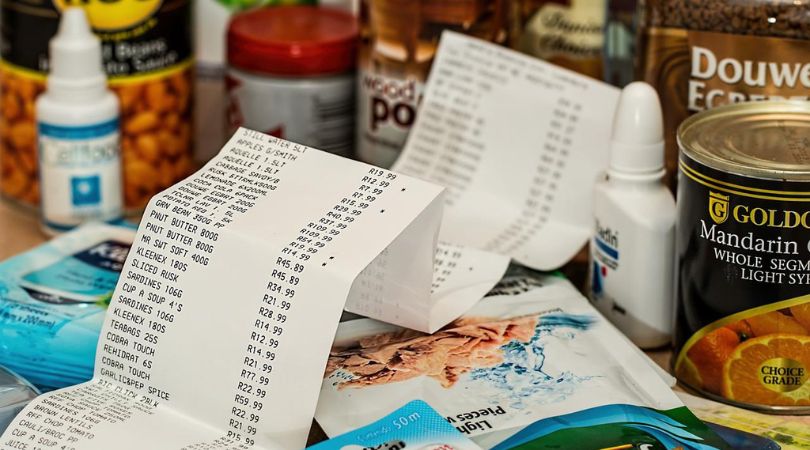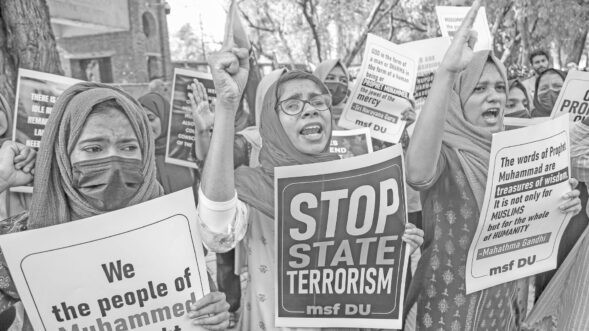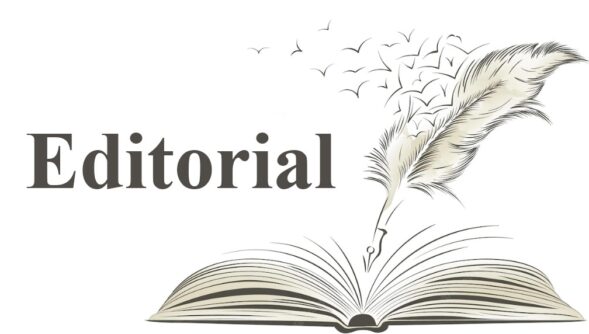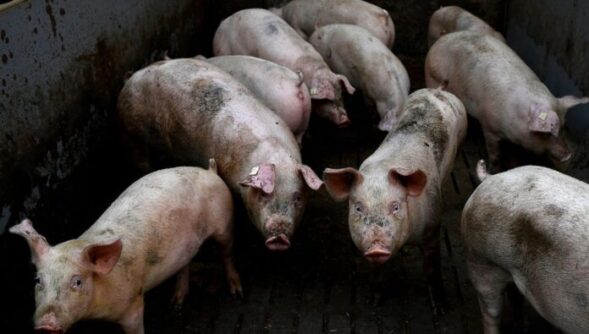
GYAN PATHAK
India is entering into a major cost of living crisis due to multiple domestic and international crises, which include soaring food and energy prices, rising poverty, joblessness, endangered food security, disincentive to farmers growing food articles, and lopsided policy interventions. The way the government is responding to the issues lack holistic approach, and problems are being responded to on ad hoc basis with little temporary success to less number of people than really in need, which further contribute in exacerbating the cost of living crisis.
For example, the food security report of 2022 has calculated cost of healthy diet in India in 2020 to be 2.970 dollar per day, and the people unable to afford it were 70.5 per cent, ie 973.4 million people. However, Modi government provisioned for only food grains for only 800 million people while many other essential needs were unmet. Even then due to corruption and other administrative failures, the food grains did not reach to all targeted people chiefly because millions of people did not have documents which government failed to supply. The two years of the pandemic has exacerbated the situation further and pushed an estimated 230 million into poverty. The price rise has further added several millions into it. The dimension of the cost of living crisis in India is thus unfathomable at present.
Government have been in dark on the real time data about the demography, and now has been caught napping by the revelation that its burden of population has been rising faster than the number of people it has been planned for. India is to become largest populated country within a year by 2023, not by 2027 as estimated in 2019. The county is housing largest number of poor in the world who are already landed into a cost of living crisis.
The present cost-of-living crisis has now become a global phenomenon, as the UNDP has said in its report titled “Addressing the Cost-of-living Crisis in developing countries: Poverty and vulnerability projections and policy responses”. It is therefore, India will need to respond to the crisis primarily on its own, since the whole world is suffering from this crisis now, and every country has been dealing with their own problems with great difficulty. The economic turmoil and human miseries in our neighbourhood in Sri Lanka should be eye opener for India, and we must heed to the warning of the UNDP that says, “Sri Lanka’s misery should be warning to us all on global food, fuel, and finance crisis.”
The UNDP report on cost of living crisis in developing countries has said that the ripple effects of the war in Ukraine have disrupted energy and food markets. Among many other factors, supply chain disruptions and price spikes in key commodities have been pushing the world towards a precarious inflationary surge. This will have immediate and devastating effects on household welfare – with those in poverty and near-poverty typically hit hardest due to their higher energy and food budget share- posing significant policy challenges to governments during the response. The soaring food and energy prices could push up to 71
million people into poverty, and the world has only two options – first, the blanket energy subsidy, and the second, targeted cash transfers to the vulnerable.
Price rise have been sounding the alarm of global inflationary surge not seen in years. IMF has projected an inflation rate of 6 per cent for developed countries, and 9 per cent in developing counties in 2022. As for India, its headline retail inflation rate, as measured by CPI was stayed largely unchanged at a high of 7.01 per cent in June as against 7.04 per cent in May. It has great impact on India poor.
A joint report by UN FAO, UNICEF, IFAD, WFP, and WHO titled “the State of Food Security and Nutrition in the World 2022” presents an alarming picture for India. The prevalence of undernourishment in the total population is India during 2019-21 was 16.3 per cent while wasting in children under 5 years of age in 2020 was 17.3 per cent, stunting in the same age group at 30.9 per cent, and anemia in women aged between 15-49 was 53 per cent in 2019. Real time data is not available, and we don’t know how much deterioration might have been caused by COVID-19 crisis. We only know by the government claim that it had made provisions of free food grains for 80 crore people out of about 138 crore population. Thus the level of malnutrition and related wasting, stunting, anemia etc., might have been exacerbated to unprecedented level.
The food security report mentions India as the most prominent example of LMIC countries where the food and agriculture policy has historically focused on protecting consumers by ensuring affordable food prices through export restrictions and through marketing regulations around pricing and public procurement, public food stockholding and distribution of a vast range of agricultural commodities. Due to this farmers, the food growing community, have constantly faced price disincentives in aggregate terms, ie negative NRPs. Input subsidies and expenditure on general services such as in R&D and infrastructure have been widely used as a means of compensating them for the price disincentives generated by trade and market measures, and for boosting production and self-sufficiency in the country.
India thus needs a holistic approach in balancing affordable prices for people as consumer and doing away with price disincentives to farmers to ensure sufficient food articles production and smooth supply to the consumers. The self-sufficiency in food grains at national level must be broadened to all other crops also, such as pulses and oilseeds. It could not be done unless greater support to farmers are provided, in terms of input cost, improved scientific agriculture, and infrastructural improvement in irrigation and agriculture market. However, it would not help much if we fail to ensure food security at household level.
Dealing effectively with the cost of living crisis needs a holistic approach and comprehensive multi-sectoral plan in the long term. However, in the meantime consumer support to target vulnerable group of people is highly desirable. Direct fiscal support is considered more effective than subsidized selected food items only which cannot ensure required healthy food and other items, such as essential drugs and medical or educational expenses etc.
India immediately needs a comprehensive social protection programme not only to save people in great distress due to deepening cost of living crisis, but also to prevent its social consequences such as general social unrest and susceptibility of the people in distress to perpetrators of evils who exploit the situation for their own benefit. A National Price Control Policy for all goods and services is imperative, but who cares when the policy makers are deriving financial gains from profiteers, and in many case nexus between the two has already been exposed. (IPA Service)






